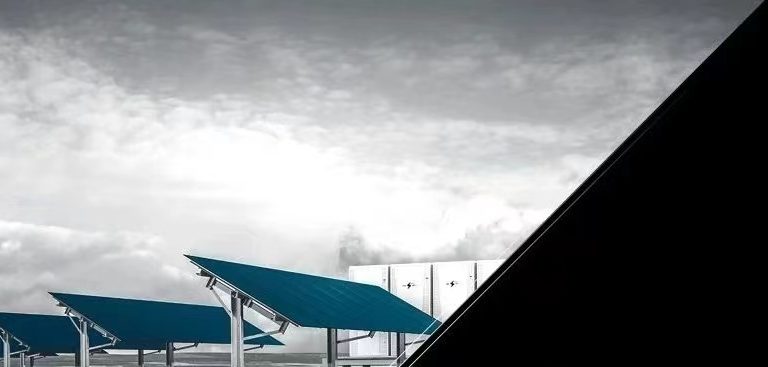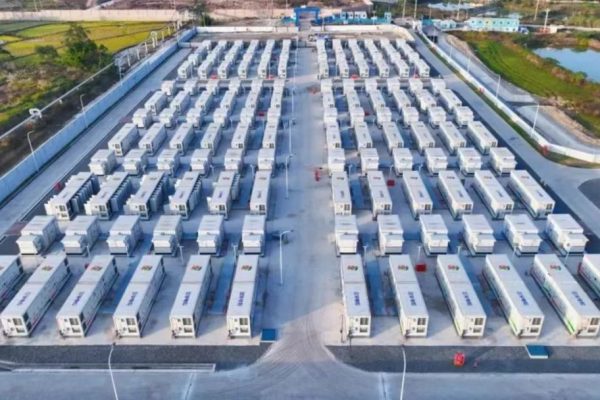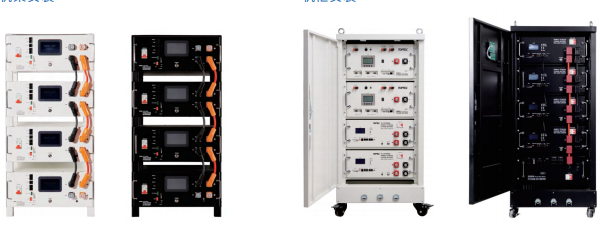Why Compare Germany and Italy?
In Europe, Germany and Italy are two of the largest and fastest-growing markets for residential energy storage systems (ESS). While both countries share strong solar adoption and supportive policies, their household energy needs differ significantly. For exporters, recognizing these differences is critical to offering the right system sizes, features, and value propositions.
1. Average Household Consumption
- Germany: Average annual household electricity consumption is around 3,500–4,500 kWh, driven by high appliance use, electric heating in some regions, and growing EV adoption.
- Italy: Average is lower, around 2,500–3,000 kWh, reflecting smaller homes, milder climate, and different lifestyle patterns.
Exporter Tip: German buyers often require larger systems (10–15 kWh), while Italian households are satisfied with smaller systems (5–10 kWh).
2. Solar PV Adoption Patterns
- Germany: Strong policy support has led to widespread rooftop solar, often in the 8–12 kW range.
- Italy: Rooftop solar is also popular, but systems are typically smaller (3–6 kW) due to roof size and household demand.
Exporter Tip: Match storage sizing to PV capacity—larger for Germany, smaller for Italy.
3. Energy Prices and Payback Logic
- Germany: Very high electricity prices (> €0.35/kWh) make storage highly attractive for self-consumption maximization.
- Italy: Prices are high but slightly lower than Germany; payback is still strong but buyers may be more price-sensitive.
Exporter Tip: In Germany, emphasize ROI and long-term savings; in Italy, focus on affordability and subsidy programs.
4. Policy and Incentives
- Germany: KfW programs and strong national policies encourage home storage adoption.
- Italy: Generous subsidies like the Superbonus 110% drive combined solar+storage installations.
Exporter Tip: Include references to country-specific subsidy schemes in quotations.
5. Buyer Motivations
- Germany: Energy independence, sustainability, and technology leadership.
- Italy: Cost reduction, maximizing use of solar, and taking advantage of subsidy windows.
Exporter Tip: Tailor messaging: Germany values performance and innovation, Italy values cost-effectiveness and subsidies.
6. System Design Preferences
- Germany: Buyers prefer larger, expandable systems with integration for EV charging and smart home applications.
- Italy: Buyers lean towards compact, wall-mounted solutions that are affordable and easy to install.
Exporter Tip: Offer modular systems in Germany and cost-optimized packages in Italy.
7. Risk Factors for Exporters
- Germany: Highly competitive market; failure to emphasize certifications (CE, VDE) and strong warranties risks losing contracts.
- Italy: Market driven by subsidies; demand may fluctuate with policy changes.
Exporter Tip: In Germany, highlight technical quality and durability; in Italy, stress value and subsidy alignment.
Two Markets, Two Strategies
Germany and Italy both represent lucrative opportunities in Europe’s residential ESS sector. However, their household energy needs and buyer behaviors differ greatly. Exporters who adapt their quotation logic—emphasizing capacity, ROI, and innovation in Germany while highlighting affordability, subsidies, and compact design in Italy—can maximize success in both markets.









